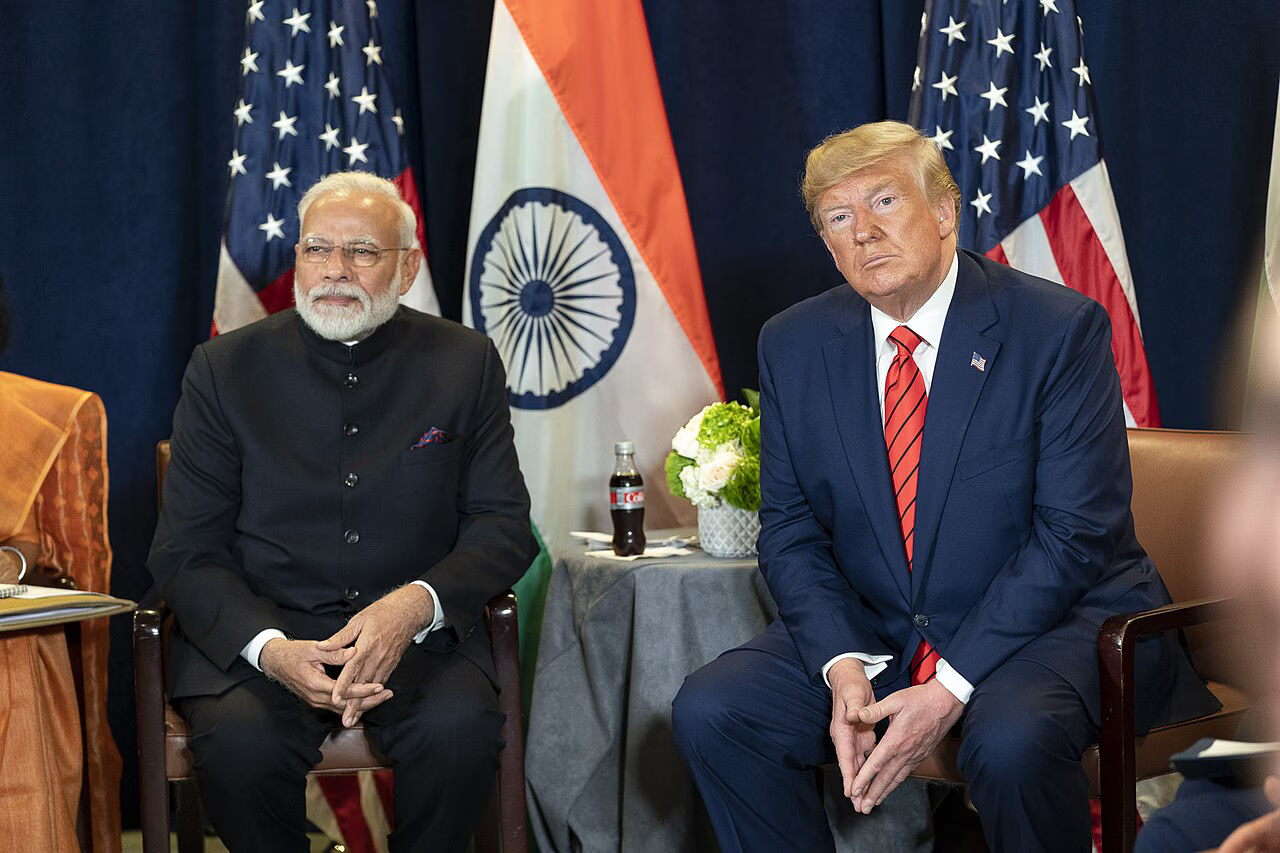India is facing a sharp decline in exports to the United States—its largest market—after Washington imposed higher tariffs. The Trump administration’s decision to levy 50% duties on Indian goods has hit key sectors and put bilateral trade relations to the test.
Exports of Indian goods to the U.S., the country’s biggest foreign market, fell by 20% in September and by nearly 40% over the past four months, according to official data. The slump coincided with the Trump administration’s imposition of higher tariffs. Since August 27, Washington has applied 50% duties on Indian products, including an additional 25% penalty for New Delhi’s refusal to halt purchases of Russian oil.
“Since the escalation of U.S. trade measures, America has become the most affected destination for Indian exports,” said Ajay Srivastava of the New Delhi-based Global Trade Research Initiative (GTRI). Negotiations on a trade agreement between the two countries are ongoing, with both sides hoping to conclude talks by next month.
According to GTRI, the tariffs have hit labor-intensive sectors the hardest—textiles, jewelry, machinery, and chemicals—where losses have been greatest. Shipments to the U.S. have fallen for four consecutive months, from $8.8 billion in May to $5.5 billion in September, a 37.5% decline. The drop in exports has contributed to India’s widening trade deficit, which reached a 13-month high of $32.15 billion in September.
Some of the losses have been offset by increased trade with other partners, notably the UAE and China. Negotiations between India and the U.S. resumed after several months of deadlock, and an Indian delegation is currently in Washington to continue the talks.
On Wednesday, Trump announced that Indian Prime Minister Narendra Modi had agreed to halt oil purchases from Russia as part of Washington’s efforts to increase economic pressure on the Kremlin. A spokesperson for India’s Ministry of External Affairs said that discussions with the U.S. were “ongoing” and that Washington had shown “interest in deepening energy cooperation with India.”
However, significant disagreements remain, including over U.S. access to India’s agricultural and dairy markets. For years, Washington has sought greater entry into these sectors, viewing them as promising areas for expansion, while New Delhi has firmly defended its domestic market, citing food security and the interests of millions of small farmers.
Until recently, the United States was India’s largest trading partner, with bilateral trade reaching $190 billion in 2024. Trump and Modi have set a goal of more than doubling that figure to $500 billion.
